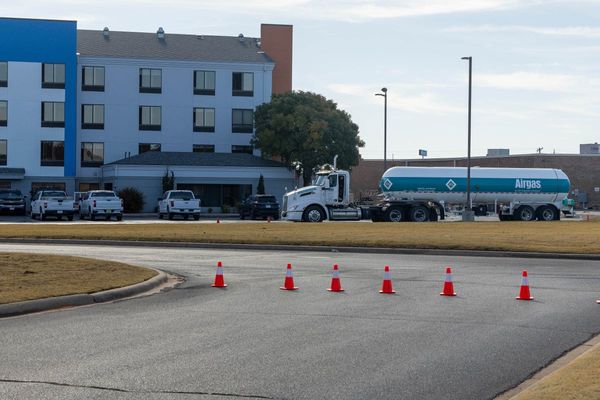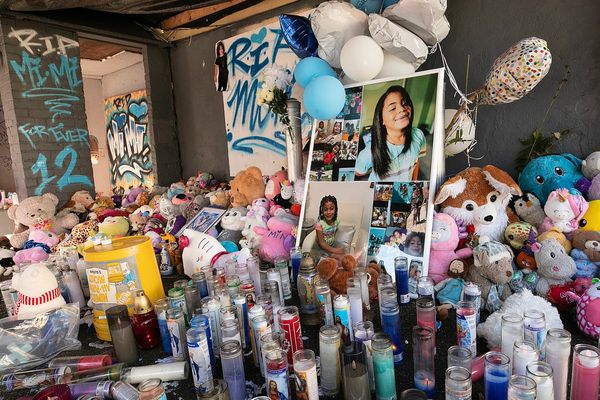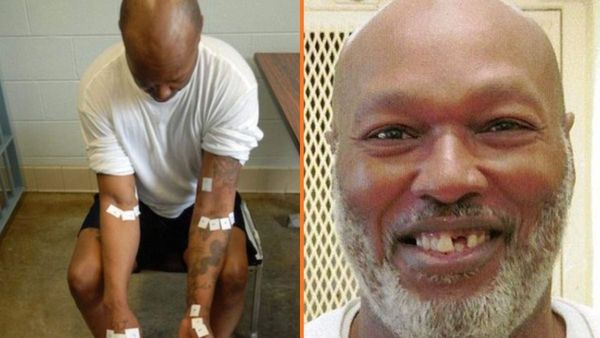Millions will watch as King Charles III is crowned at his coronation at Westminster Abbey on Saturday.
It will be a ceremony that will be steeped in history and tradition and will consist of five elements: the Recognition; the Oath; the Anointing; the Investiture and Crowning; and the Enthronement and Homage, as well as the Queen Consort’s coronation.
The coronation will also see coronation regalia - the priceless objects are part of the Crown Jewels - used throughout the service.
The Abbey will also be decorated to mark the occasion with flowers and floral displays which will adorn the altars, doors and other parts of the building.
Here is everything you need to know about the flowers used in the coronation and the meaning behind why they were used.
The Great West Door
A pair of tall yew topiaries will be underplanted with a meadow of wild grasses and cowslips, primroses and violets.
Following the ceremony, the yews will be replanted at Sandringham, which will be open to the public.
The Grave of the Unknown Warrior
Fresh spring flowers that are symbolic of remembrance will frame the Grave of the Unknown Warrior.
These include sprigs of rosemary, bay for virtue, bluebells and forget-me-nots for constancy of love, daffodils for chivalry, cowslips, lilac for memories of youth, and lily of the valley and auriculas, which both appeared in the Queen Consort’s wedding bouquet in 2005.
The Quire
Two floral installations of seasonal flowers will be positioned at either side of the Quire, surrounding the entrance to the Coronation Theatre, where the majority of the service will take place.
The colours have been influenced by the rich golds, burgundies, purples, pinks and reds of the High Altar and the Cosmati Pavement, as well as the King and Queen Consort’s Robes of State and Estate.
The installations will feature hellebores – a particular favourite of the King - honeysuckle, tulips, ranunculus, jasmine, and aquilegia, which is an ancient symbol of the Holy Spirit, with foliage of rosemary, birch, bay and hazel, and wild broom grown on the Isle of Skye.
The High Altar
Boughs cut from flowering shrubs and trees from the five Royal Horticultural Society gardens will adorn the High Altar, including branches from the pair of Dawyck beech trees planted by the late Queen and Prince Philip at RHS Wisley in 1978.
Among the seasonal foliage will also be crab apple blossom, amelanchier, camellia, acer, hazel, rhododendron, and azalea will be arranged alongside beech cut from an ancient cluster of trees at RHS Bridgewater, which would have been visited by Queen Victoria.
READ NEXT:
- Palace confirms Harry and Andrew will have no formal role at King’s coronation
- Things to do with kids in and around Greater Manchester this Coronation weekend
King's coronation day key timings, timetable and full schedule for Saturday
We compared M&S Coronation shortbread with Morrisons - this one took the crown
Coronation Concert will feature Union Jack shaped stage that will extend out to audience







